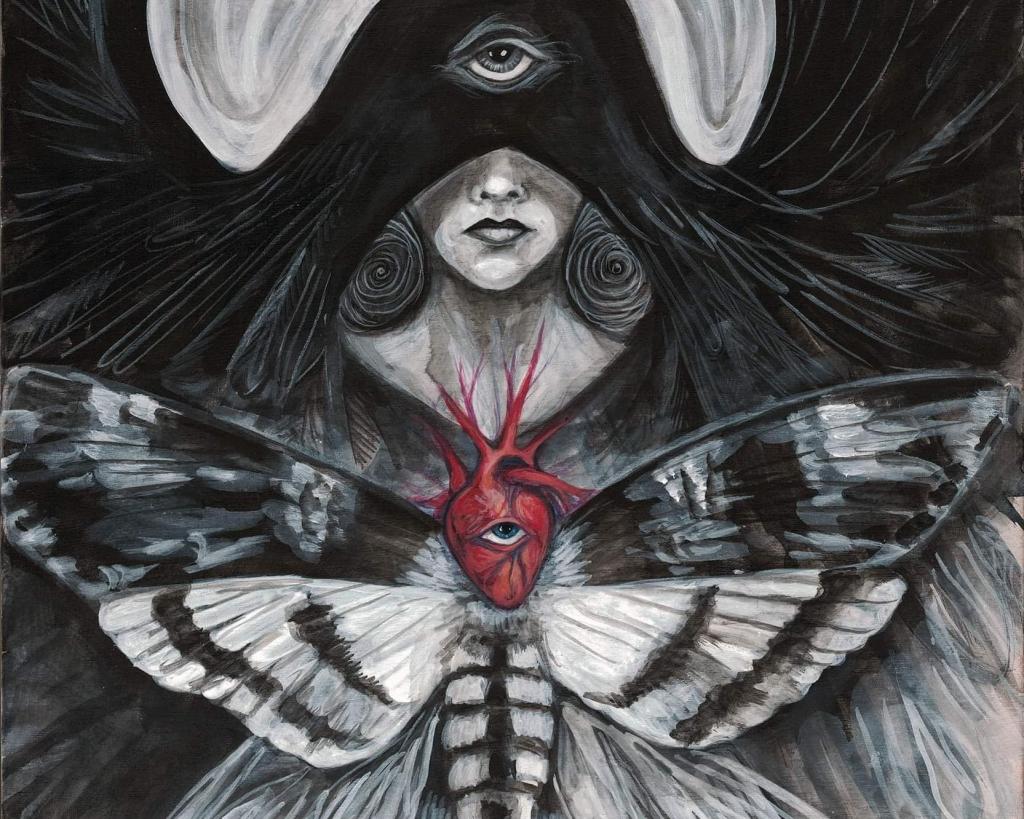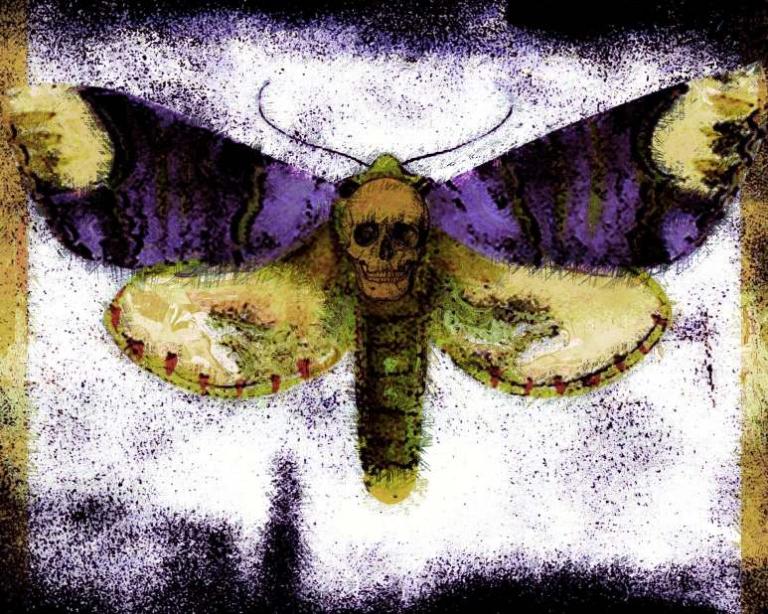As of March 2, the Entomological Society of America (a private, non-profit organization that is almost entirely funded by membership dues and publication subscriptions; this will be important in a second) officially adopted “spongy moth” as the new common name of Lymantria dispar, the insect formerly known as the gypsy moth.
And then, predictably, a whole bunch of people who’d never spent a day of their lives thinking about moths got all butthurt about it.

I cruised through the comments sections of several articles about the spongy moth’s new name, and found pretty much exactly what you’d expect: lots of complaints about “cancel culture” and “woke nonsense,” along with some whining about “how many of my tax dollars were wasted on this.” (Literally none, Karen.) And, of course, there were a number of people using the word “gypsy” as a slur while demanding that marginalized communities “get over it.”
Here are my favorites, though:
“Next they will be changing the name of black walnuts, red peppers, brown sugar and Irish potatoes.”
“I want the airport changed to planeport, because it does not Port Air!”
“I insist that every single store in the world eliminate the cracker section since that’s also a racial slur.”
The general consensus amongst these yokels was that the word wasn’t a slur until two weeks ago, when the censors at Big Insect arbitrarily deemed it unacceptable. But it’s always been a pejorative, and it’s always conveyed a stereotype. Not being aware of its negative connotations doesn’t make it any less hurtful.

To understand why it’s a slur, let’s take a quick look at an extremely abbreviated history of Roma culture in Europe.
Europeans: “So, where y’all from?”
Romani: “Well, we’ve always been nomadic, but our ancestors originally inhabited northern areas of India before migrating to West Asia.”
Europeans: “So like Egypt?”
Romani: “Um… no. We are definitely not from Egypt.”
Europeans: “Yeah, you look Egyptian. We’re gonna call y’all ‘gypsies’ for short. And we’re gonna shorten that to ‘gyp,’ a verb meaning, ‘to cheat or swindle,’ which is what we assume you people do.”
Romani: “Absolutely none of that is okay.”
Europeans: “Also, we’re gonna compose a racist narrative about y’all inventing Tarot cards, just to, y’know, make them seem more exotic. And then we’re gonna condemn you as devil worshippers for using them, even though it was our idea in the first place.”
Romani: “…”
Europeans: “NO CAMPING.”

The spongy moth itself is native to Europe, although it was introduced to North America in 1868 by an artist, astronomer, and armchair entomologist named Étienne Léopold Trouvelot, who had the genius idea of breeding spongy moths with silk moths to establish a domestic silkworm industry in Massachusetts. He imported some Lymantria egg cases (which are spongy — hence the name) and nestled them in the trees behind his home, and of course they hatched and flew away and reproduced and went on to defoliate millions of acres of crops and woodlands.
Oops.
Since taking hold, spongy moths have spread throughout the northern and midwestern United States, with occasional infestations reported in other regions. They are currently listed as one of the 100 most invasive alien species, and the damage they cause leaves forested areas vulnerable to other pests and diseases.
Steps have been taken to curtail spongy moth populations, including quarantining and the introduction of natural predators, but nobody’s been able to eradicate them or get them fully under control. Thanks to Trouvelot, they are here to stay.

Now that we know a bit about spongy moths, we can process how they ended up with an ethnic slur as a name. Which is simple, really: They are unwelcome, destructive, and hard to get rid of… much like how people view the Romani.
So yeah, “gypsy moth” is a shitty name, and it always has been. And semi-literate diatribes against “wokeness” aren’t going to change that.
Speaking of, though, a common thread running through the comments was that the name change was a useless gesture. As one cynic put it, “I’m sure this will fix everything [eyeroll emoji].” But it has already had a beneficial effect: It’s brought awareness to the fact that a given word is a lot more problematic than some would care to believe, and it has caused a bunch of bigots to out themselves.
And for every Republican xenophobe having a conniption over spongy moths, there’s a sane, sensible person who reads one of those articles and goes, “Oh, wow, I did not know ‘gypsy’ was a slur. I’m not going to use it in casual conversation anymore.” And every time that happens, a little piece of oppression gets eaten away, like a spongy caterpillar happily munching on oak leaves. And that is never not a good thing.

PS: For more thoughts on the power of nomenclature, go check out The Witch’s Name by Storm Faerywolf. (He didn’t pay me to mention it or anything. It just looks like a really good read.)


















